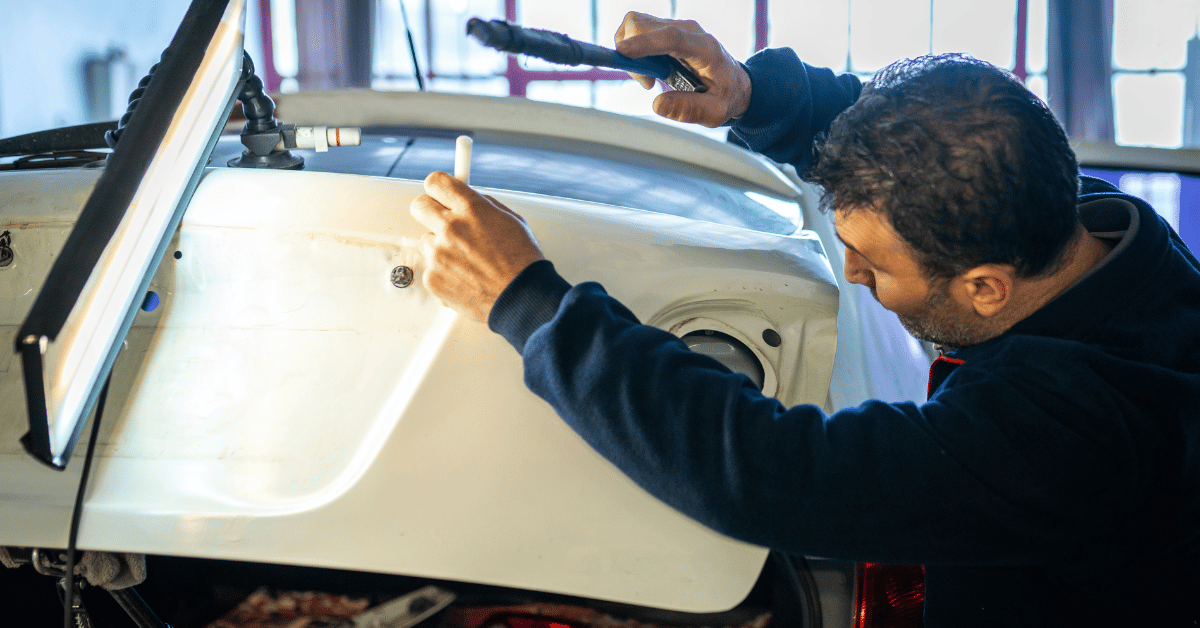Keystone correction is an essential feature in projectors that ensures a clear and sharp image. It corrects the distorted image that occurs when a projector is not placed perpendicular to the screen. Keystone correction can be achieved through different methods, including manual, digital, and optical correction. There are three types of keystone correction: 1D, 2D, and 3D. In this article, we’ll explore what 1D, 2D, and 3D keystone corrections are and how they differ. Whether you’re a home theater enthusiast or a business owner, understanding these different types of keystone correction can help you choose the right projector for your needs.
Table of Contents
What Are 1D 2D and 3D Keystone Corrections?
Keystone correction is an essential feature in projectors that helps ensure a clear and sharp image. It corrects the distorted image that occurs when a projector is not placed perpendicular to the screen. There are three types of keystone correction: 1D, 2D, and 3D. In this article, we’ll explore what these different types of keystone correction are and how they differ.
1D Keystone Correction
1D keystone correction, also known as vertical keystone correction, corrects for the distortion that occurs when a projector is tilted up or down. This type of keystone correction adjusts the vertical axis of the projected image and is typically found on entry-level projectors.
2D Keystone Correction
2D keystone correction, also known as horizontal and vertical keystone correction, corrects for the distortion that occurs when a projector is tilted up or down or side to side. This type of keystone correction adjusts both the vertical and horizontal axes of the projected image and is found on mid-range projectors.
3D Keystone Correction
3D keystone correction, also known as advanced keystone correction, corrects for the distortion that occurs when a projector is placed at an angle to the screen. This type of keystone correction adjusts the image on all three axes (horizontal, vertical, and diagonal) and is typically found on high-end projectors. 3D keystone correction uses a combination of digital and optical correction to produce the best image quality.
Which Keystone Correction Should You Choose?
When selecting a projector, it’s important to consider what type of keystone correction you need. If you plan to place the projector on a flat surface and do not expect to adjust the angle or placement, 1D keystone correction may be sufficient. If you plan to mount the projector or need to adjust the image on both the vertical and horizontal axes, 2D keystone correction is recommended. For more advanced setups, such as curved or angled screens, 3D keystone correction provides the best image quality.
Why Keystone Correction is Vital for Home Golf Simulation?
Keystone correction is a vital feature for home golf simulation setups. A home golf simulator uses a projector to project the golf course onto a screen or a wall. Without keystone correction, the image can become distorted, affecting the accuracy of the simulation.
Golf simulation requires an accurate representation of the golf course, including its contours, slopes, and other features. If the image is distorted due to the projector not being aligned correctly, it can affect the player’s ability to accurately read the course and make precise shots.
Keystone correction ensures that the projected image is rectangular and properly aligned with the screen. This ensures that the image accurately reflects the golf course and its features. Without keystone correction, the image can be distorted, causing a misrepresentation of the golf course and affecting the player’s ability to make accurate shots.
In summary, keystone correction is vital for home golf simulation setups as it ensures that the projected image is properly aligned and rectangular, providing an accurate representation of the golf course. With keystone correction, home golf simulator players can enjoy a realistic and accurate golfing experience in the comfort of their own home.
Conclusion
Keystone correction is an essential feature in projectors that helps ensure a clear and sharp image. There are three types of keystone correction: 1D, 2D, and 3D, each correcting for different types of image distortion. When selecting a projector, it’s important to consider what type of keystone correction you need based on your setup and intended use. By understanding the different types of keystone correction, you can select the right projector to ensure the best image quality possible.

